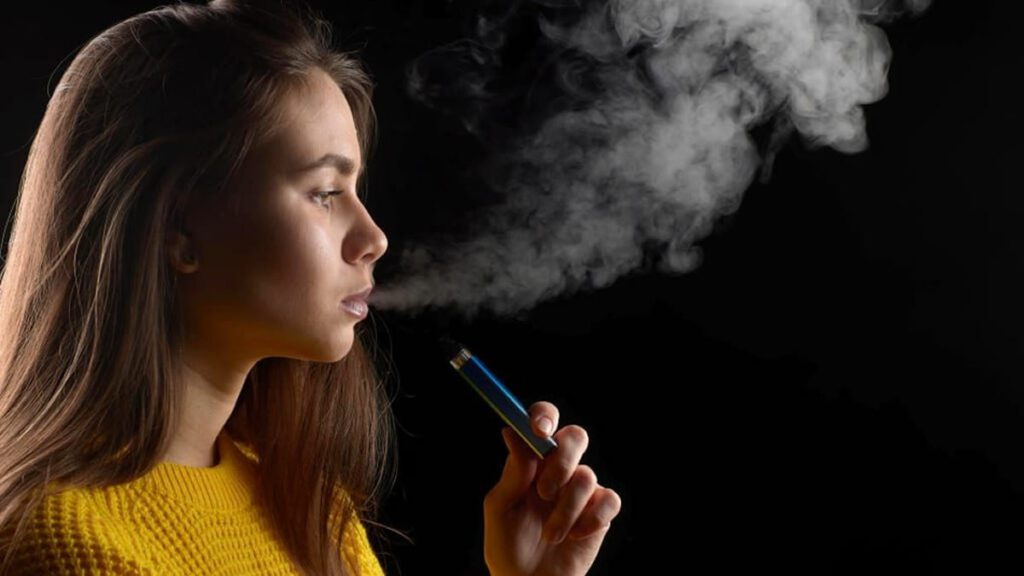New research from Northern Ireland's Public Health Agency (PHA) reveals concerning trends in e-cigarette use among young people aged 11-18. The report, titled 'Behavioural insights into youth vaping in Northern Ireland,' surveyed over 7,500 students across 91 post-primary schools, providing crucial data on vaping prevalence, perceptions, and motivations, as well as insights into traditional tobacco use.
Vaping Prevalence Skyrockets with Age, Many Never Smoked Cigarettes
The study found that overall, 15% of young people reported currently vaping. This figure shows a dramatic increase with age, rising from just 4% among Year 8 pupils (typically 11-12 years old) to a striking 46% among Year 14 pupils (typically 17-18 years old). This indicates older students are ten times more likely to be current vapers. Awareness is near-universal, with 98% of young people having seen or heard of vapes.
A key finding is that the majority of young vapers (76%) had never smoked traditional tobacco cigarettes before trying an e-cigarette. However, of this group who started with vapes, a significant 33% have since experimented with cigarettes, suggesting vaping may act as a gateway for some.
Elaine Wilmot, Health Intelligence Manager at the PHA, stated, "The rise of vaping among young people has become a pressing public health concern. We found that young people who vape are primarily motivated out of curiosity and by peer influences. Young people could easily access vapes, which were most commonly obtained from friends and family."
Health Awareness Gaps and Social Influences
While young people are generally aware of some short-term risks like respiratory issues, and most recognize nicotine's addictive potential, the report highlights a "general lack of understanding that nicotine use can increase the risk of developing or intensify mental health problems such as anxiety and depression," according to Ms. Wilmot.
Social media and the school environment were identified as powerful influences. "Social media played a significant role... Content can often glamorise the activity," Ms. Wilmot noted. She added that vaping on school premises, especially in bathrooms, is common and difficult to manage, leading to regular exposure and normalization of the habit among students.
Other notable findings include that nearly three-quarters of those who had ever vaped had shared their device. Around 40% of ever-vapers reported side effects like headaches, dizziness, and anxiety. While 64% of current vapers had attempted to quit, fewer expressed a current willingness to quit or a desire for help.
The tobacco analysis showed 9% of pupils had smoked a cigarette, with 5% currently smoking. Smoking rates were higher in older years and more deprived areas, with 14% trying their first cigarette at age 10 or younger.
Colette Rogers, Strategic Lead for Tobacco Control with the PHA, emphasized the need to empower families and educators with information to steer young people away from vaping, stressing that "vaping is not cool and they shouldn't start to use these products as the long-term health effects are not yet fully known." The PHA intends for these findings to inform interventions and support services.








